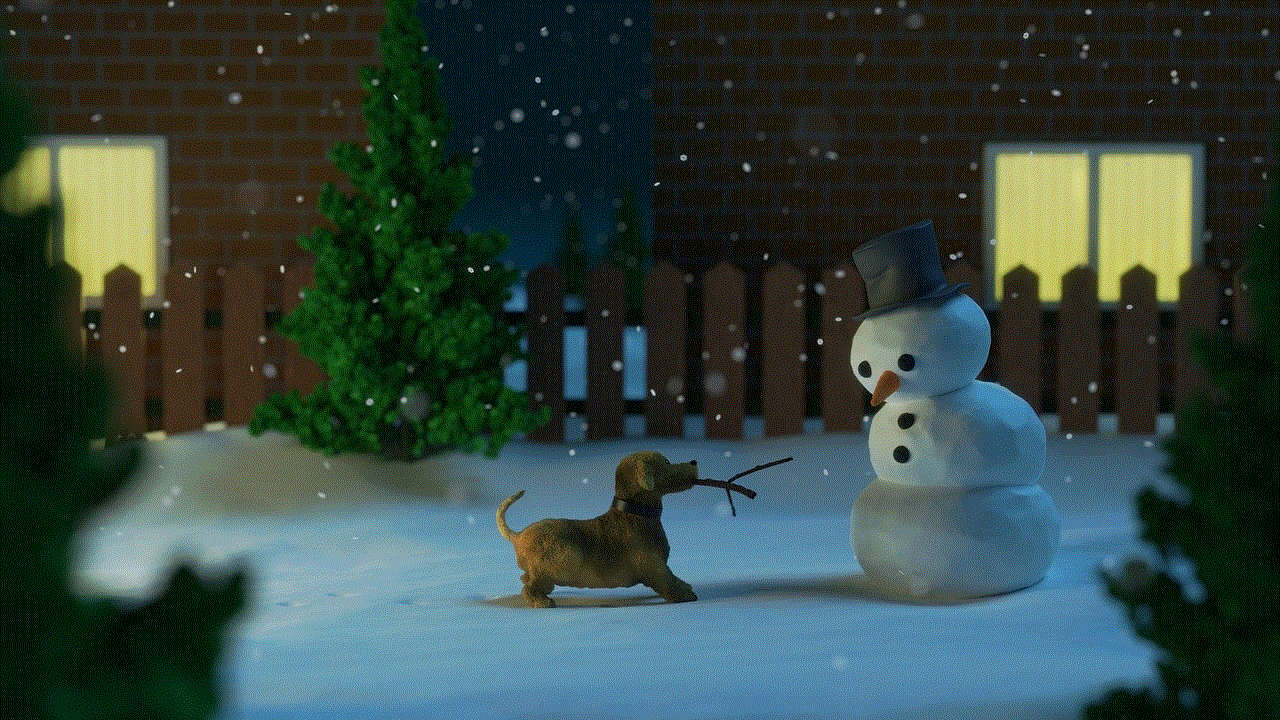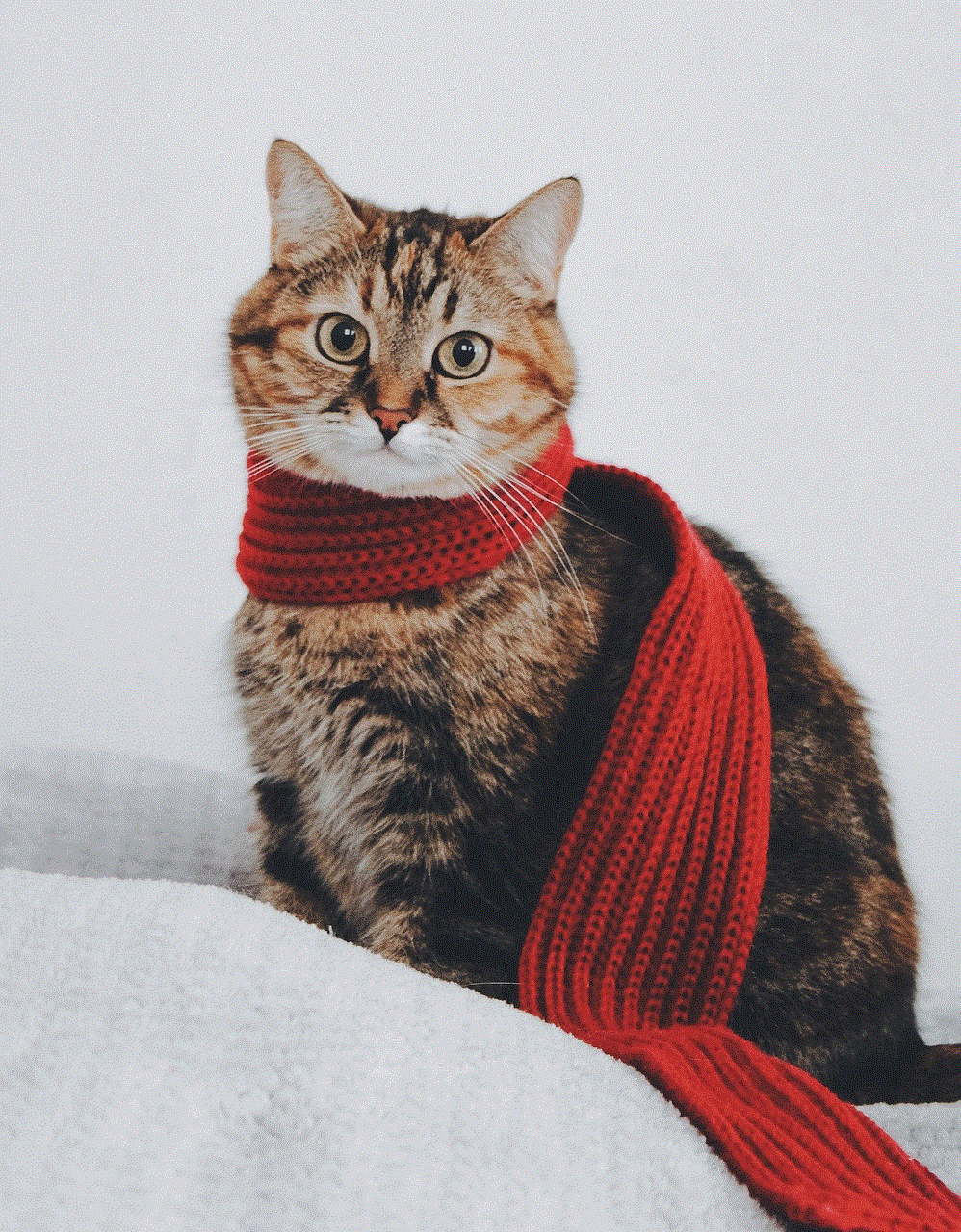kids play tents
Kids play tents are not only a fun and imaginative way for children to play, but they also offer a variety of benefits for their development. These colorful and often themed tents provide a safe and private space for kids to explore, create, and pretend. From indoor play to outdoor adventures, play tents have become a popular choice for parents looking for an interactive and engaging activity for their little ones.
In this article, we will dive into the world of kids play tents and uncover the many reasons why they are a must-have for any child’s playtime. From the different types of play tents available to the benefits they offer, we will cover everything you need to know about these fun and versatile toys.
Types of Kids Play Tents
When it comes to play tents, there is no shortage of options to choose from. From classic pop-up tents to more elaborate and themed designs, there is something for every child’s preference. Let’s take a look at some of the most popular types of kids play tents:
1. Pop-Up Tents: These are the most common type of play tents, and for good reason. They are lightweight, easy to set up, and can be folded and stored away when not in use. Pop-up tents are usually made of fabric and come in a variety of sizes, shapes, and colors.
2. Teepee Tents: Inspired by Native American teepees, these tents have become a popular choice for kids playtime. With their tall structure and triangular shape, teepee tents offer a spacious and cozy space for little ones to play in. They also come in a variety of designs, from plain to colorful and patterned, making them a great addition to any playroom.
3. Playhouses: For those looking for a more permanent play tent option, playhouses are the perfect choice. These tents are usually made of sturdy materials like plastic or wood and are designed to resemble a real house. They often come with doors, windows, and even furniture, providing a realistic play experience for kids.
4. Tunnel Tents: Tunnel tents are a fun and unique option for kids who love to crawl and explore. These tents consist of a series of interconnected tunnels, creating a maze-like structure for kids to navigate through. They are great for promoting physical activity and can be used both indoors and outdoors.
5. Bed Tents: Bed tents are a great way to add an element of fun to a child’s bedtime routine. These tents are designed to be placed on top of a bed, creating a private and cozy space for kids to sleep in. They come in a variety of designs, from simple to themed, making bedtime more exciting for little ones.
Benefits of Kids Play Tents
Aside from being a fun and entertaining activity for kids, play tents also offer a range of benefits for their development. Let’s take a look at some of the ways play tents can benefit children:
1. Encourages Imaginative Play: One of the greatest benefits of play tents is that they encourage imaginative play. Children are natural storytellers and love to create their own worlds and scenarios. Play tents provide a safe and private space for kids to let their imaginations run wild and engage in imaginative play. This type of play helps develop creativity, problem-solving skills, and language skills.
2. Promotes Physical Activity: Many play tents, such as tunnel tents and playhouses, require physical movement from children. Crawling, climbing, and exploring through these tents help children develop their gross motor skills and coordination. This is especially beneficial for kids who spend a lot of time indoors and may not have as many opportunities for physical activity.
3. Provides a Sense of Independence: Play tents offer a sense of independence for children. They can play and explore on their own, without the constant supervision of adults. This helps boost their self-confidence and allows them to take risks and try new things without fear of failure.
4. Offers a Safe and Private Space: Kids play tents provide a safe and private space for children to play and relax in. This can be especially beneficial for kids who may feel overwhelmed in large and noisy environments. Having a designated play space can also help reduce distractions and promote focus.
5. Develops Social Skills: Play tents are great for encouraging social interaction among children. Kids can play together, take turns, and cooperate to create games and scenarios. This type of play helps children develop important social skills like communication, teamwork, and conflict resolution.
6. Promotes Language Development: When children engage in imaginative play, they often create characters and scenarios, which require them to use their language skills. Play tents provide a setting for children to practice their communication and language skills, both with themselves and with others.
7. Fosters Problem-Solving Skills: Play tents often come with different features and accessories, such as doors, windows, and tunnels. This allows children to use their problem-solving skills to figure out how to use these features and incorporate them into their play. They also learn to adapt and come up with solutions when things don’t go as planned.
8. Encourages Role-Playing: Kids love to imitate and pretend to be different characters, whether it’s a doctor, a chef, or a superhero. Play tents provide a setting for children to engage in role-playing, which helps them develop their imagination, creativity, and empathy.



9. Offers a Sensory Experience: Many play tents come with sensory elements, such as lights, sounds, and textures, which add to the play experience. These elements help stimulate the senses and provide a multi-dimensional play experience for children.
10. Provides a Screen-Free Alternative: In today’s digital age, it’s important to find activities for children that don’t involve screens. Play tents offer a screen-free alternative for playtime, allowing children to disconnect from technology and engage in imaginative and interactive play.
How to Choose the Right Kids Play Tent
With so many options available, it can be overwhelming to choose the right play tent for your child. Here are some factors to consider when making your decision:
1. Age and Size: Consider the age and size of your child when choosing a play tent. For younger children, make sure the tent is large enough for them to comfortably play in, but not too big that it becomes overwhelming. For older children, consider a larger tent that they can grow into.
2. Material: Play tents are usually made of fabric, plastic, or wood. Each material has its own pros and cons, so consider which one would be most suitable for your child’s needs. For example, fabric tents are lightweight and easy to store, while plastic and wood tents are more durable and long-lasting.
3. Design: Play tents come in a variety of designs, from plain to themed. Consider your child’s interests and preferences when choosing a design. Themed tents, such as princess or pirate tents, can add an extra element of fun to playtime.
4. Durability: Make sure to choose a play tent that is durable and can withstand the wear and tear of children’s play. Look for materials that are easy to clean and will not easily tear or break.
5. Safety: Safety should always be a top priority when choosing a play tent. Look for tents that are made of non-toxic materials and have no small parts that could pose a choking hazard. Also, make sure the tent is sturdy and will not tip over easily.
In conclusion, kids play tents are more than just a toy – they offer a range of benefits for children’s development and provide a fun and engaging play experience. From encouraging imaginative play to promoting physical activity and social skills, play tents are a valuable addition to any child’s playtime. With the variety of options available, there is a play tent for every child’s interests and needs. So, next time you’re looking for an activity to keep your child entertained, consider a play tent and watch their imagination soar.
what is swag mean



Swag, a word that has become a part of popular culture, is often used in the context of fashion and style. It has been adapted into the slang vocabulary and has become a common term used among the younger generation. But what exactly does swag mean and where did it originate from? In this article, we will delve into the meaning of swag, its evolution over the years, and how it has become a prominent aspect of our society.
The word swag is believed to have originated from the Scandinavian word “svagga” which means “to sway or rock”. It was then adapted into the English language in the 16th century, where it was used to describe a bag or sack. It wasn’t until the early 19th century when the term swag took on a new meaning and was used to refer to a decorative garland or loop of flowers. Over the years, the word swag has gone through various transformations and has come to have a different meaning in modern times.
In its current usage, swag is used to describe a person’s style, confidence, and overall demeanor. It is often associated with a cool and effortless attitude, with a touch of edginess. This meaning of swag has been popularized by the hip-hop and rap culture, where it is used to describe a person’s fashion sense, their possessions, and even their personality. In this sense, swag is closely linked to the idea of coolness and being trendy.
One of the earliest forms of swag was seen in the hip-hop and rap scene in the 1980s and 1990s. It was a style of dressing that was characterized by oversized clothing, baggy pants, and chunky shoes. This style was popularized by rappers like LL Cool J and Run DMC, and it was seen as a reflection of their confidence and swagger. The word swag was also used as a term of endearment between friends, often used to compliment someone’s style or possessions.
As the years went by, the term swag continued to evolve and became a part of mainstream culture. It was no longer just a term used in the hip-hop and rap scene, but it had become a part of everyday language. The rise of social media platforms like Instagram and Twitter also played a significant role in popularizing the term. Influencers and celebrities started using the hashtag #swag to describe their outfits and possessions, making it a viral trend.
Today, swag has become a dominant aspect of our society, and it is not just limited to fashion and style. It has expanded to include a person’s attitude, personality, and even their success. Having swag is seen as a desirable trait, and many people strive to achieve it. It is often associated with being confident, charismatic, and having a unique sense of self. In this sense, swag has become a way for people to express themselves and stand out from the crowd.
The evolution of swag can also be seen in the way it has been incorporated into different industries. The fashion industry, in particular, has embraced the term and has created an entire line of clothing and accessories that are marketed as “swaggy”. These include t-shirts, hats, hoodies, and even shoes with phrases like “swag queen” or “swag life” emblazoned on them. This shows how influential the term has become and how it has been commercialized to cater to the masses.
Another industry that has been greatly influenced by swag is the music industry. Rappers and musicians often use the term in their lyrics, creating a sense of exclusivity and coolness. It has also become a way for them to showcase their wealth and success. For example, rappers often mention their “swag” in their songs, referring to their expensive cars, designer clothes, and lavish lifestyle. This has led to a certain perception of swag being associated with wealth and success, making it even more desirable.
Apart from fashion and music, swag has also found its way into the corporate world. It has become a part of workplace culture, where it is used to describe a person’s confidence, creativity, and professionalism. Companies often use the term in their marketing strategies to attract younger audiences and appear more relatable. This has led to the rise of corporate swag, which includes items like customized pens, coffee mugs, and t-shirts with the company’s logo or slogan. Swag has become a way for companies to establish their brand identity and create a sense of belonging among their employees.
However, the use of swag has not been without controversy. Some argue that the term has lost its original meaning and has become overused and diluted. It has also been criticized for promoting materialism and creating a sense of hierarchy based on possessions and appearance. Additionally, the term has also been accused of being culturally appropriative, as it originated from African-American culture and has been adopted by mainstream society without proper credit or recognition.



Despite the controversies surrounding it, there is no denying that swag has become deeply ingrained in our society. It has become a way for people to express themselves, a marketing tool for companies, and a cultural phenomenon. It has also become a symbol of confidence, success, and coolness, making it an aspirational attribute for many.
In conclusion, swag has come a long way from its humble origins as a Scandinavian term for a bag or sack. It has evolved into a multi-faceted concept that encompasses various aspects of our society, from fashion and music to corporate culture. It has become a term that is used to describe a person’s style, attitude, and success, and has become an integral part of our popular culture. Love it or hate it, there is no denying that swag is here to stay and will continue to evolve and adapt to the changing times.